Winter is more than just a season of snowflakes and cozy fireplaces; it’s also a time when your home is put to the test against freezing temperatures, harsh winds, and incessant snowfall. A home ill-prepared for winter can lead to skyrocketing energy bills, bursting pipes, and a myriad of other problems that could have been easily avoided. This makes winterizing your home not just a recommendation but a necessity. So, how does one ensure that a house is snug, secure, and energy-efficient for the winter season? In the upcoming sections, seven essential steps to winterizing your home are laid out and designed to guide you in preparing your home for the frosty months ahead.
Contents
Assess Your Home’s Vulnerabilities

The first step in winterizing a home involves identifying the vulnerabilities that could turn into major issues once winter hits. Cracks in the walls, loose shingles on the roof, and drafty windows are all red flags. If you’re uncertain about how to conduct a comprehensive assessment, professional home auditors are available to evaluate your home’s readiness for winter. These experts will inspect everything from your insulation to your heating system, helping you prioritize what needs to be addressed.
Ignoring these vulnerabilities can result in extensive damage and hefty repair bills. Therefore, understanding your home’s weak spots is crucial for effective winterization. Once you’ve conducted a thorough audit—either by yourself or with professional assistance—you’re well-equipped to move on to the next steps. You can now turn your focus to tasks such as improving insulation, sealing gaps, and optimizing your heating system, confident in the knowledge that you’re addressing the most critical areas.
Insulate To Accumulate Savings
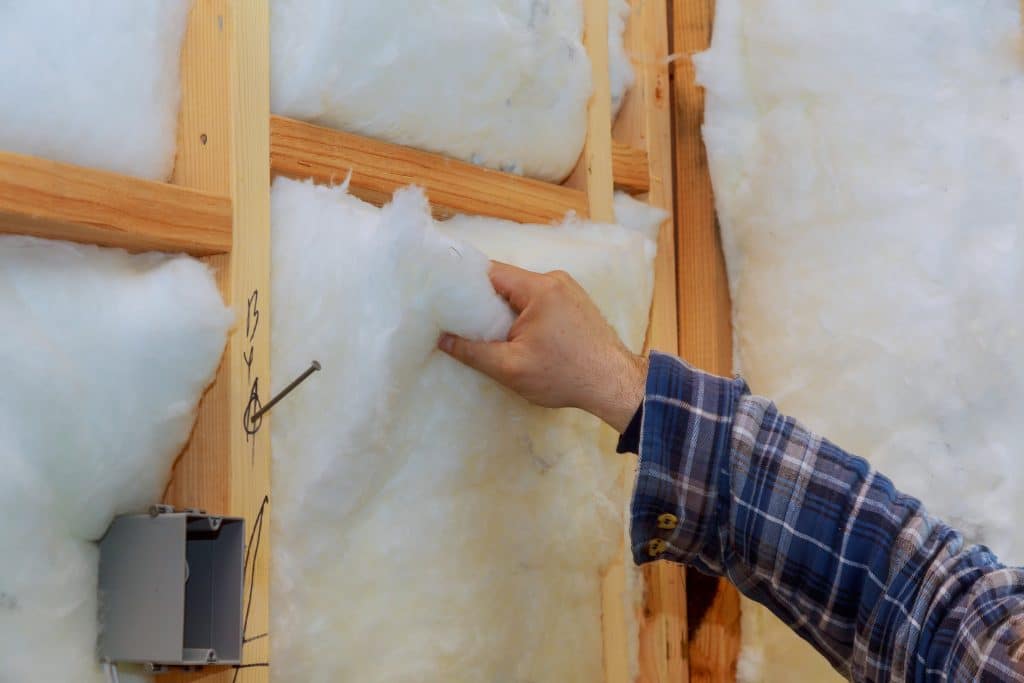
One of the most effective ways to winterize your home is through proper insulation. Quality insulation acts like a thermal blanket around your home, conserving heat and, as a result, energy. Wall and attic insulation are the primary areas to concentrate on. Different types of insulation materials, such as fiberglass, cellulose, and foam, offer various levels of effectiveness, so it’s advisable to do some research before making your selection.
The idea is simple: better insulation leads to less heat loss, which in turn leads to lower energy bills. Insulating your home is an investment that not only enhances your comfort but also pays off in long-term financial savings. Paying attention to the R-values—a measure of thermal resistance—can guide you in choosing the most suitable insulation material for your home. Once you’ve got your insulation sorted, it’s time to turn your attention to the next step: sealing any gaps that might be letting in cold air.
Seal Those Gaps
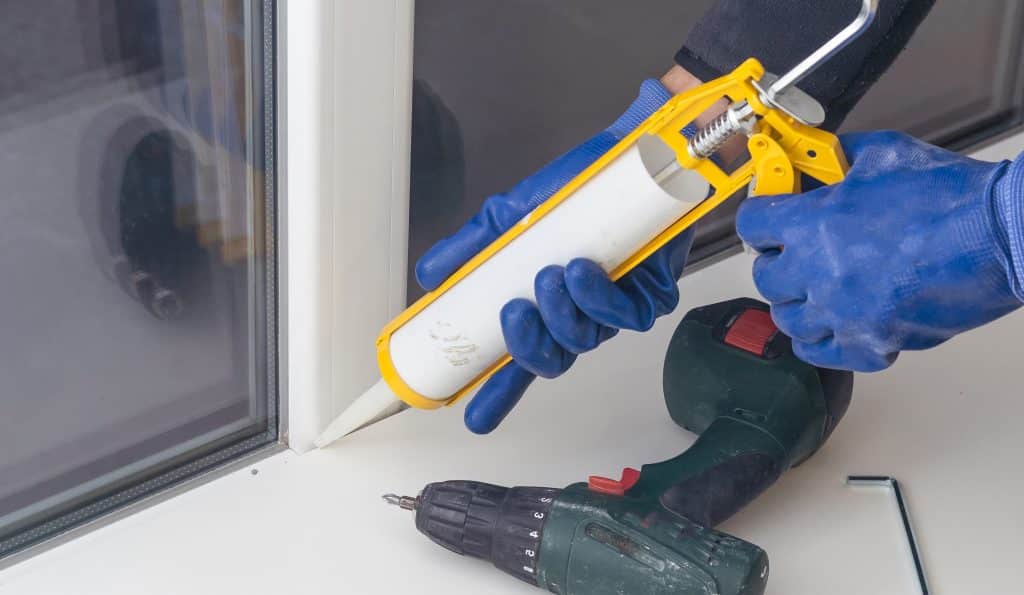
Even the smallest gap in a door or window can become a freeway for freezing air, making your heating system work harder, and your energy bills climb higher. To nip this problem in the bud, consider weatherstripping doors and caulking windows. These are cost-effective, DIY solutions that go a long way in keeping the cold air out and the warm air in.
Of course, sealing gaps isn’t just about doors and windows. Check places like the junctions between walls and the ceiling, where drafts often sneak in. Special sealants and foams are available for these larger gaps. By taking the time to identify and seal all these gaps, you’re adding an extra layer of defense against winter’s chill, setting the stage for the next focus of winterization: your plumbing.
Preparing The Plumbing
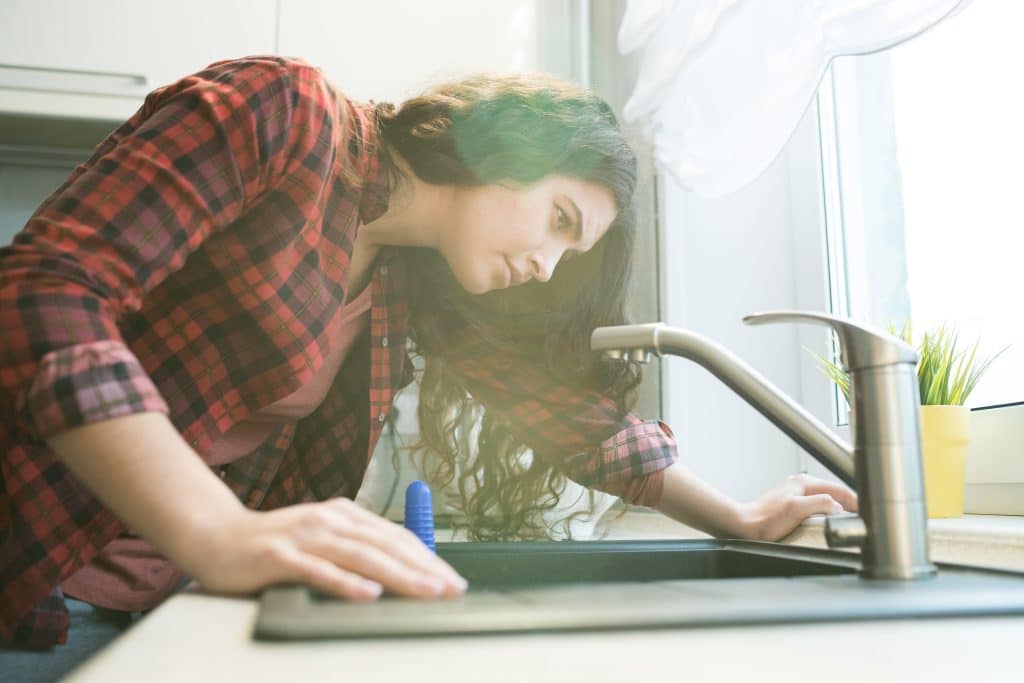
A frozen pipe can spell disaster for your home, potentially causing expensive water damage. But there’s good news: it’s a problem that’s largely preventable. Start by identifying the pipes that are most at risk—typically those in unheated spaces like garages and basements. Insulating these pipes can be done with materials such as foam rubber or fiberglass sleeves, which help to maintain warmer temperatures within the pipes.
Besides insulating your pipes, it’s also a good practice to let faucets drip during extreme cold snaps. This keeps water moving, making it less likely for pipes to freeze. Setting your thermostat to a constant temperature, even when you’re not home, can further minimize the risk of frozen pipes. Now that your plumbing is well-prepared for the cold, you can focus on optimizing your heating system, a pivotal part of any winterization plan.
Upgrade Your Heating System
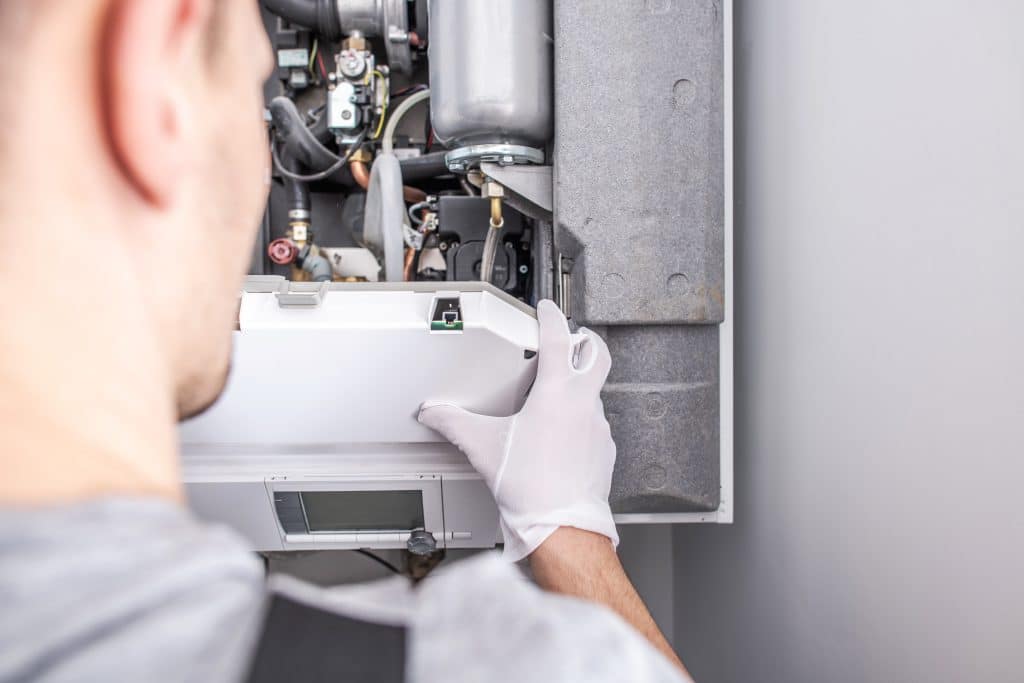
An efficient heating system is your frontline defense against winter’s biting cold. Conduct a thorough check-up of your furnace to ensure it’s operating at its optimal capacity. If your heating system is outdated, it may be time to invest in a more energy-efficient model. Furthermore, consider a programmable thermostat that adjusts the temperature according to your daily routine, maximizing efficiency and comfort.
Regular maintenance, such as cleaning or replacing air filters, will also contribute to the efficiency of your heating system. Skipping this step might lead to higher energy consumption and, consequently, larger bills. The cleaner and more efficient your heating system, the more effective it will be in maintaining a comfortable indoor climate, allowing you to proceed to the next step—ensuring your roof is winter-ready.
Inspect The Roof Over Your Head

The roof is one of the most critical parts of your home when it comes to weather resistance. An overlooked leak or a cluster of fallen leaves can quickly escalate into a significant issue. So, take the time to inspect your roof for any signs of damage, like missing shingles or visible wear. Remove any debris and ensure the gutters are clean to allow for proper drainage.
Consider hiring a professional for a comprehensive roof inspection if you’re unsure about your ability to identify issues. The focus should be on prevention rather than dealing with the aftermath of winter storms. Ensuring your roof is in excellent condition will give you peace of mind throughout the cold months as you hunker down with the last essential step of winterization—stocking up on winter essentials.
Stock Up On Winter Essentials
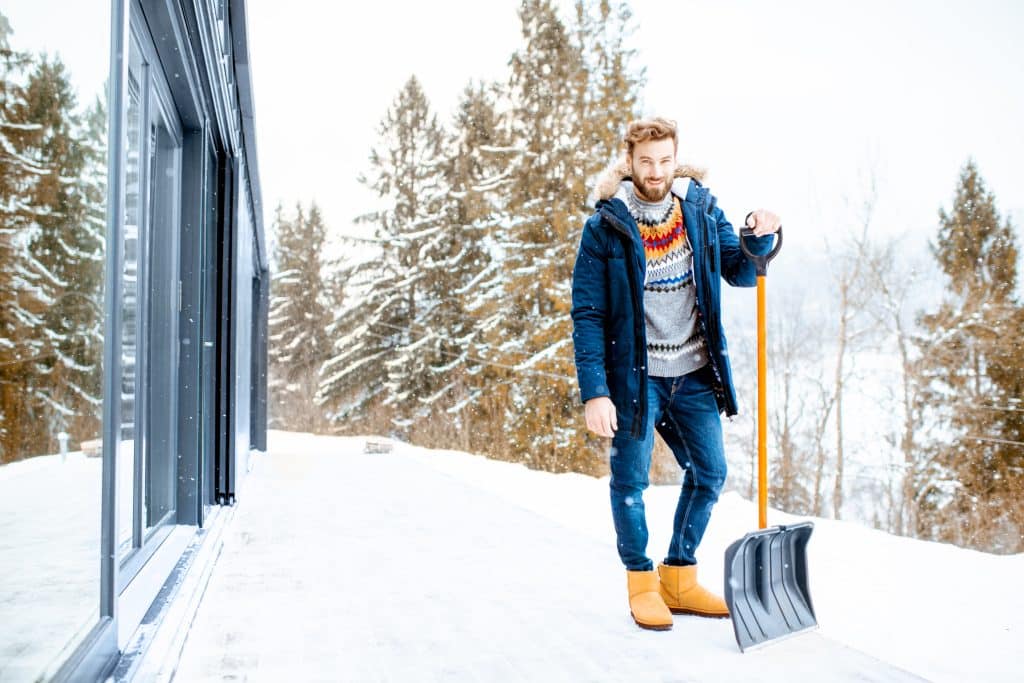
Sometimes, despite all precautions, winter can still throw a curveball. Whether it’s a snowstorm or a power outage, being prepared can make all the difference. Stock up on essentials like road salt, snow shovels, and even a battery-powered radio. Don’t forget to prepare an emergency kit that includes food, water, and first-aid supplies.
Having these supplies on hand not only prepares you for winter’s unpredictability but also adds a layer of security and peace of mind. Each item serves a purpose, from clearing driveways to providing essential information during power outages. Ensuring you have these essentials in place sets you on the path for a safer, more comfortable winter season.
Winter’s Around the Corner: Act Now!
The approach of winter need not be a daunting event. A well-prepared home is a fortress against the cold, ensuring that you stay warm, safe, and economically efficient throughout the season. Taking these seven steps towards winterization today saves time, effort, and money in the long run, setting the stage for a winter that’s more enjoyable and far less stressful. Start your winterizing journey now and give yourself the cozy winter haven you deserve!



